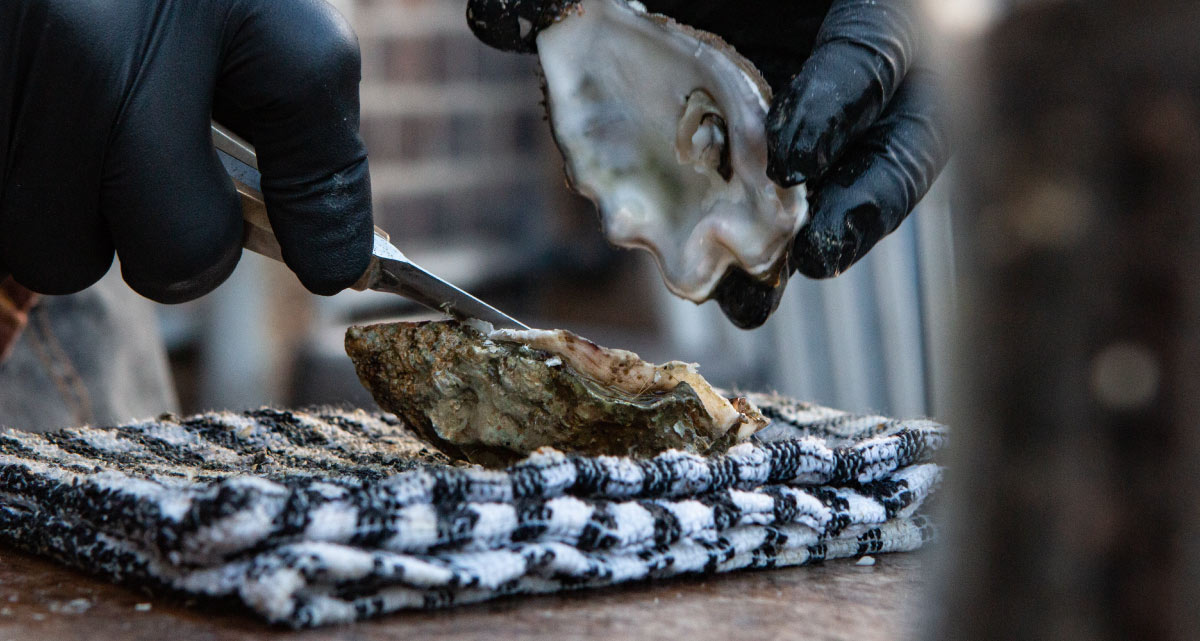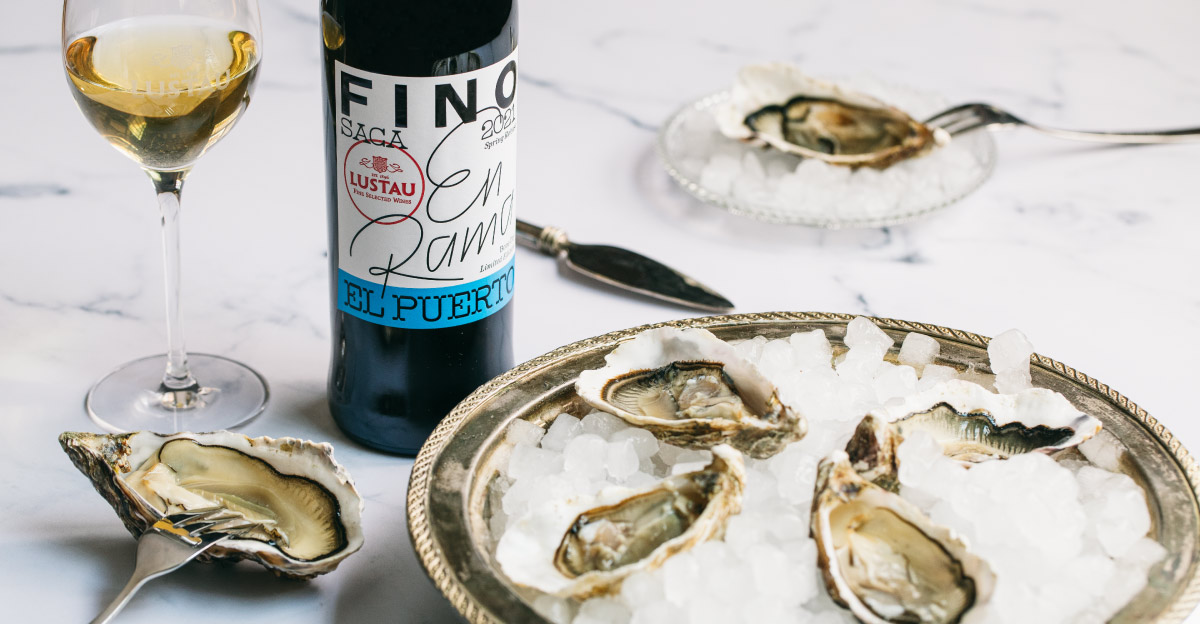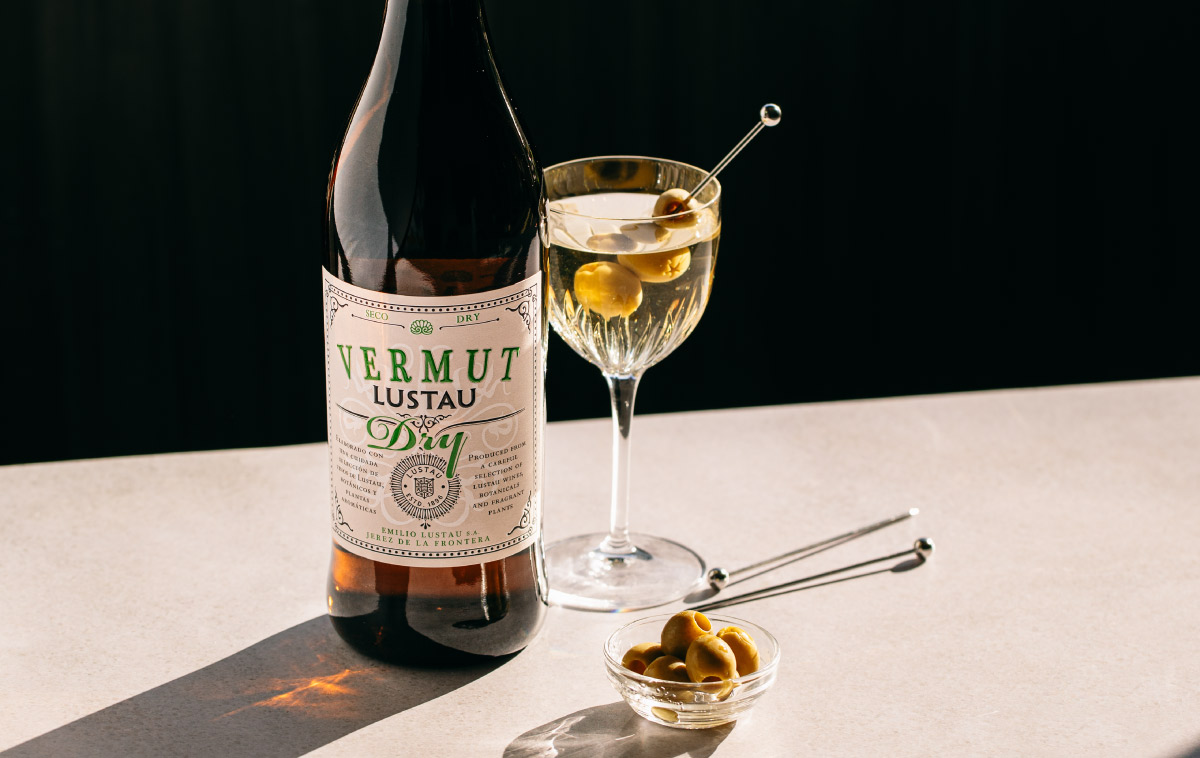Oysters, those delectable treasures from the sea, have captivated the palates of seafood enthusiasts for centuries, they’re a testament to the intricate relationship between humans and the ocean. These mollusks, often hailed as the “jewels of the ocean,” are known for their unique flavor, exquisite texture, and culinary versatility. Oysters belong to the mollusk family, primarily found in saltwater environments such as oceans, seas, and estuaries. They are known for their hard, calcified shells that protect the tender, succulent flesh within. In the US, oysters can generally be categorized into two main types: Eastern oysters (Crassostrea virginica) and Pacific oysters (Crassostrea gigas). While they share many similarities, they also have distinctive characteristics. Eastern oysters are native to the Atlantic coast of North America and are renowned for their smooth, elongated shells and a milder, slightly sweet flavor. On the other hand, Pacific oysters, originally from the Pacific Ocean, have rougher, fluted shells and offer a brinier taste. Oysters are not only a gastronomic delight but also a nutritious addition to your diet. They are rich in essential nutrients, including zinc, vitamin B12, and Omega-3 fatty acids. Zinc is crucial for immune function and wound healing, while vitamin B12 plays a vital role in maintaining nerve health and cognitive function. The Omega-3 fatty acids in oysters promote heart health and reduce inflammation.

We love oysters so much that they have happened to appear more than once throughout our Sherries & Chefs video series thus far. Here, when campfire oysters with butter swiftly became a delicious amuse-bouche to accompany an entire sherry wine range on a rainy day in the Pacific North West, and especially here, when we decided to film a whole episode on them in the coastal area found just south of Boston. It is in this New England production where you can learn all about their farming process and how they are finally harvested. Oyster farmers typically cultivate these shellfish by suspending them in wire mesh bags or trays in water bodies conducive to their growth. Oysters feed by filtering microscopic plankton and algae from the ocean with a single oyster able to process up to 50 gallons of water per day, helping to improve water quality and balance local ecosystems!
WHAT TYPE OF WINE IS BEST TO PAIR WITH OYSTERS?
Pairing wine with oysters is a culinary delight that dates back centuries. Oysters’ briny, delicate flavors and silky textures can be wonderfully complemented by the right wine, creating a harmonious taste experience that excites the palate. Oysters have a distinct taste that reflects the water they grow in. They often have briny and slightly mineral notes, which come from the sea. Additionally, there’s a natural sweetness that varies from species to species, and a fresh, clean finish. While contrast is often key, here the primary goal is balance. The wine should enhance the oysters’ flavors, not overshadow them. Classic pairings include wines from Champagne, Chablis, Muscadet, Albariños… and, obviously, dry sherry, particularly those aged under the notable flor yeast (fino and manzanilla), the layer of yeast cells that naturally forms on the surface of the wine inside the barrels. This very particular yeast consumes sugars, alcohol, and other components of the wine while imparting saline, nutty, and yeasty flavors. Additionally, it prevents contact with oxygen, resulting in a type of sherry that is pale and very dry. Flor is an excellent driving force for building the perfect oyster wine!
WHAT MAKES FINO EN RAMA THE IDEAL SHERRY TO PAIR WITH OYSTERS?
Although a significant presence of flor was considered beneficial for the flavor profile of a good, bottled fino in the 1970s and 1980s, industrial concern for consistency and the demand for light wines by consumers established deep filtration as a habit. This was an attempt to create a defined and stable product with easily recognizable aromas, free from haziness or sediments. The drawback is that by filtering out impurities and yeast residues, much intensity, color, and flavor is also lost.
WHY FINO DEL PUERTO 3 EN RAMA IS THE BEST FINO TO PAIR WITH OYSTERS
Anyone who has tasted fino or manzanilla directly from the barrel will tell you that it is often more intense and dynamic than those served from a bottle. They have a wider range of flavors and a vigorous profile. That’s why, in recent years, the world of sherry has moved away from aggressive filtration. This is what we call ‘jerez en rama’, the most immediate, fresh, and vibrant expression of the wine, achieved through very light filtration that only removes the largest particles. En Rama sherries have a deeper color and more intense taste than their filtered counterparts, they are the quintessential flor yeast wines!
If you like briny oysters you will love this wine. Lustau’s Fino del Puerto En Rama Saca 2023 was bottled in spring this year. The coastal town of El Puerto de Santa María experiences mild weather all year round. This has a crucial influence on finos aged therein since the flor grows in ideal environmental conditions. The wine is extremely lively, tangy and briny, showing clear notes of Atlantic influence, a must-try option for your favorite oysters!

BONUS
How about mixing a drink to enjoy with oysters? Are you a fan of Dry Martinis? Are you familiar with the Lustau vermut selection? Lustau is the number one choice for top bartenders in the US to craft their drinks. Lustau has a long list of cool signature concoctions featuring all sherry styles and cocktail profiles. Today, we are pleased to present the latest addition to the Lustau vermouth family, Dry Vermut. Below, try this recipe with oysters and let us know!

NOT SO DIRTY MARTINI
- 1 oz Lustau Vermut Dry
- 2 oz London Dry Gin
- 3 Green Olives
Method
- Stirred
Glass
- Nick & Nora or Martini
Garnish
- Green Olives
HOW TO PREPARE OYSTERS AT HOME
You don’t need to prepare oysters as we suggest enjoying them raw. However, it is important to learn how to shuck oysters at home. You can get a quick tutorial here.






